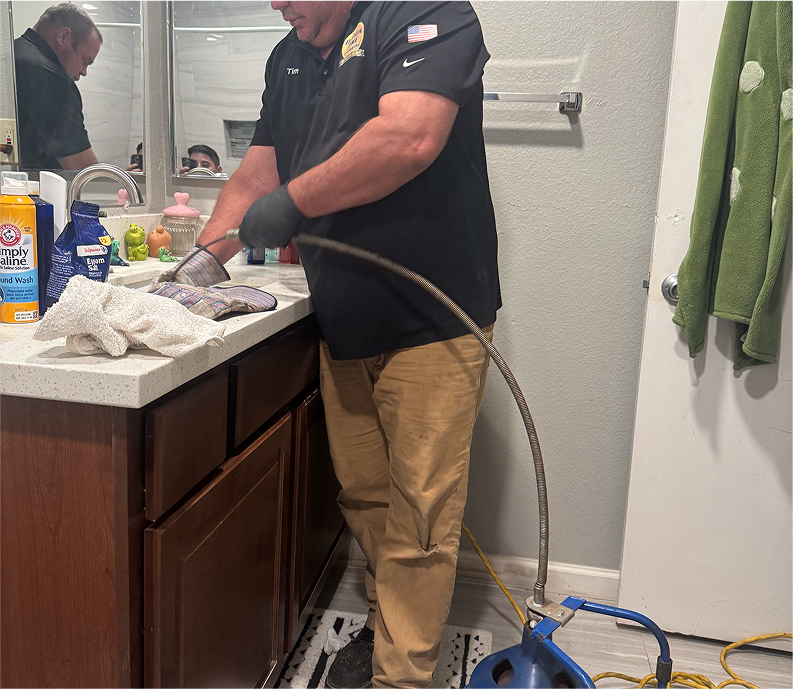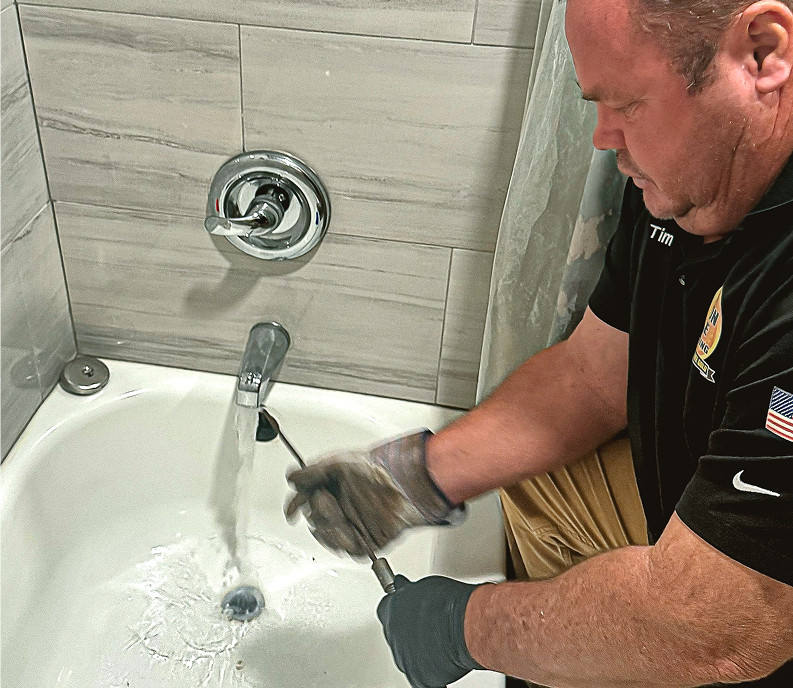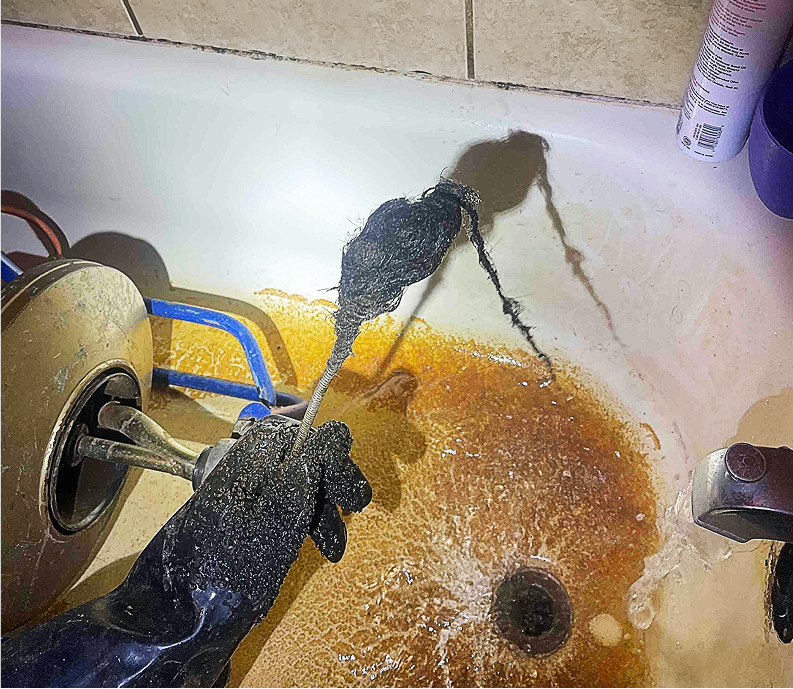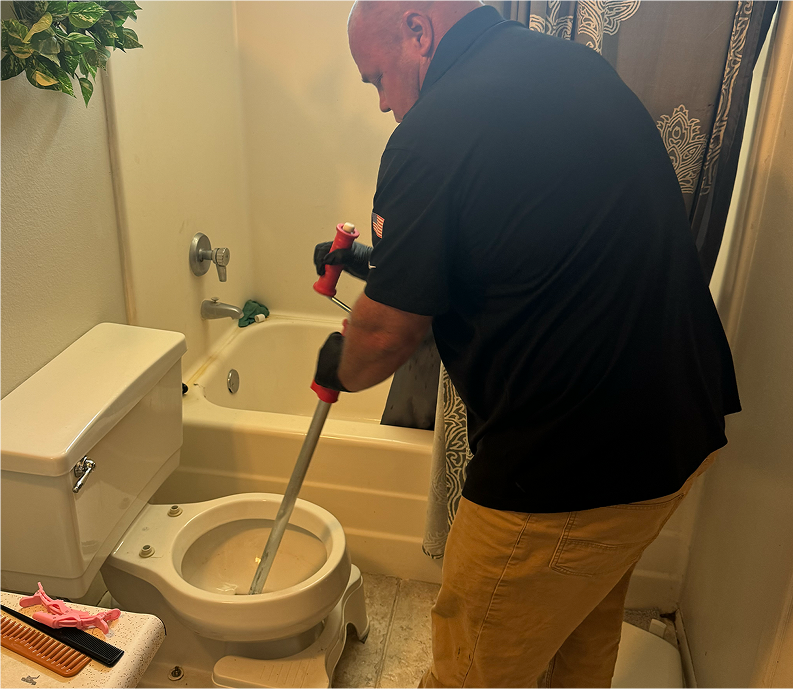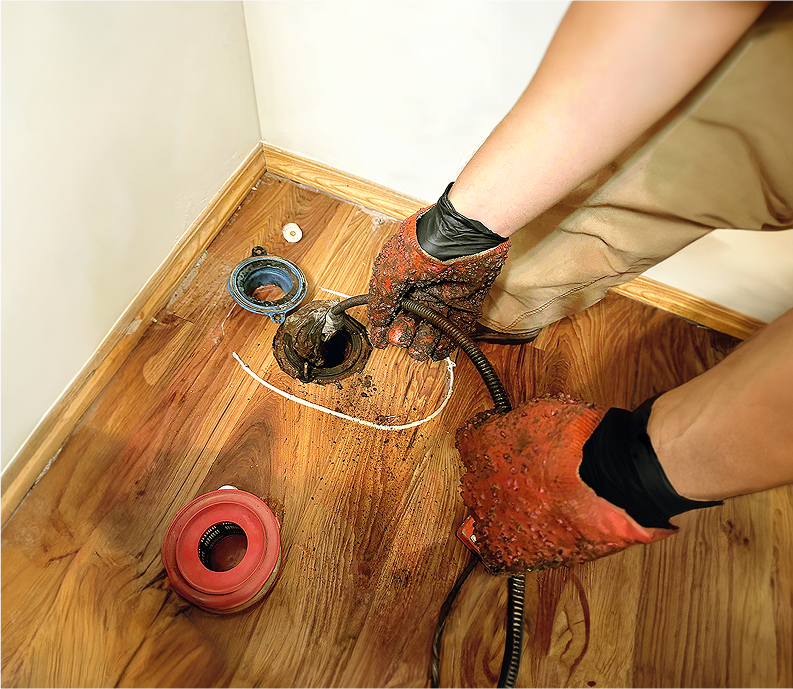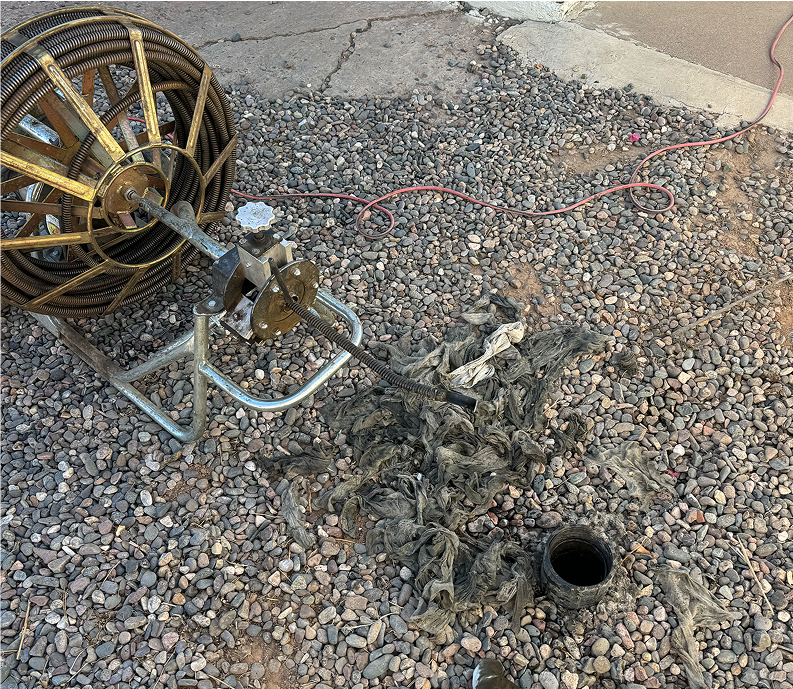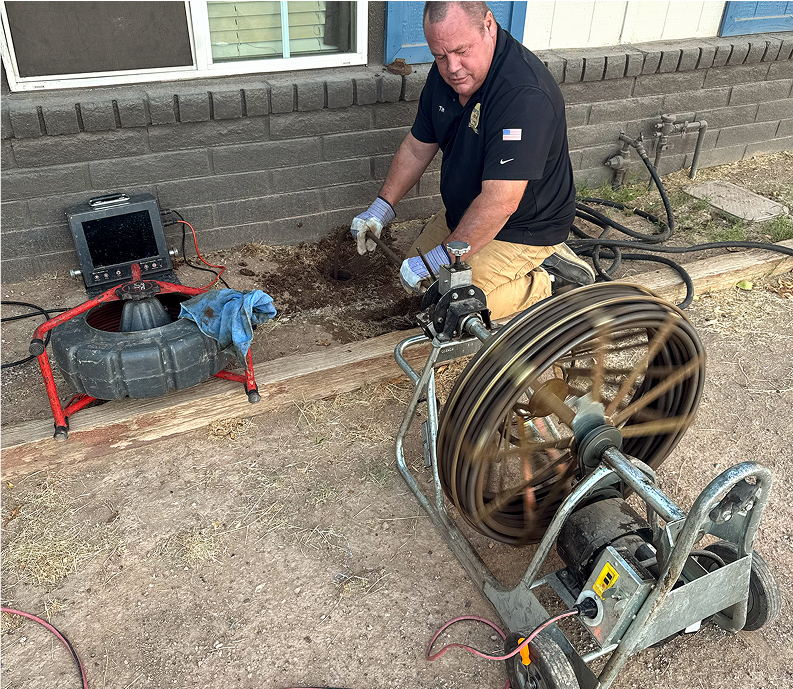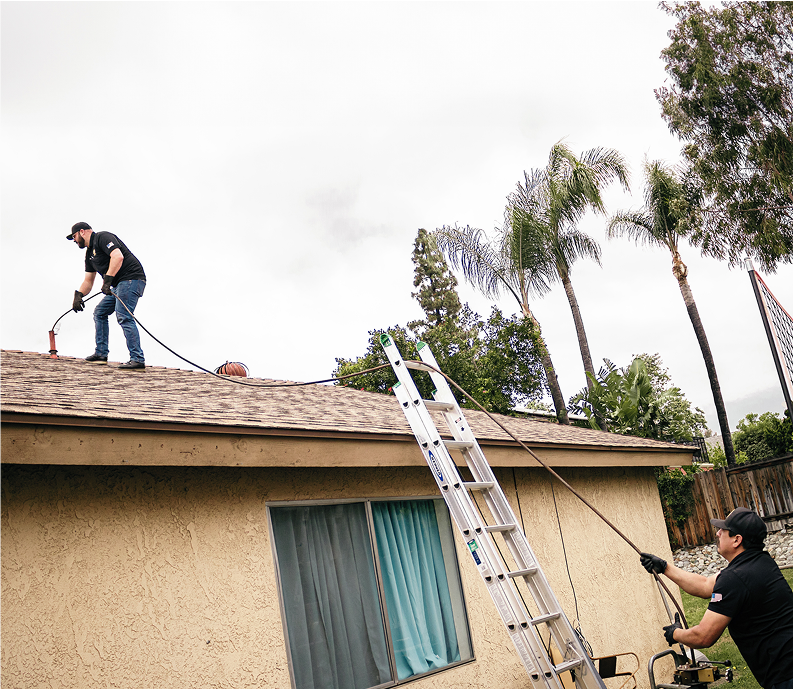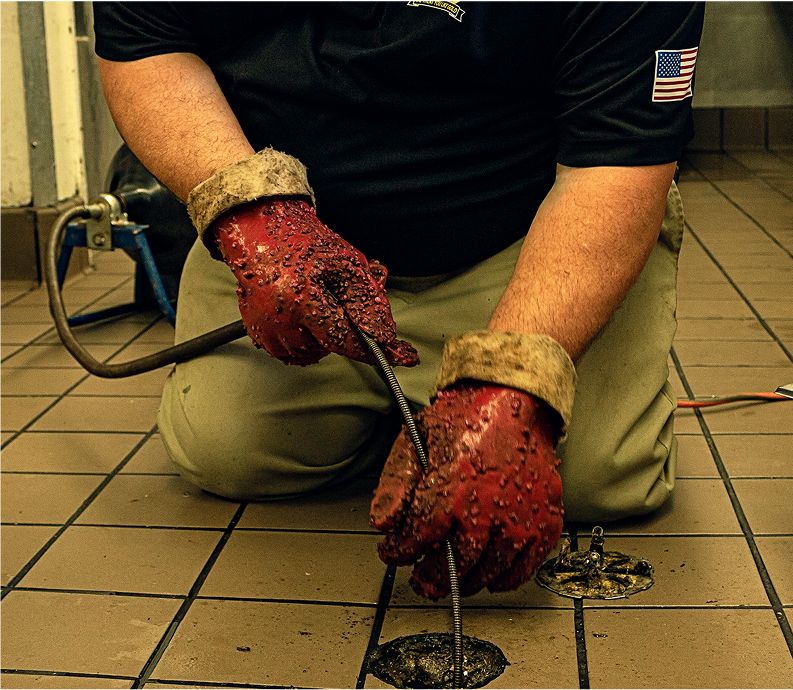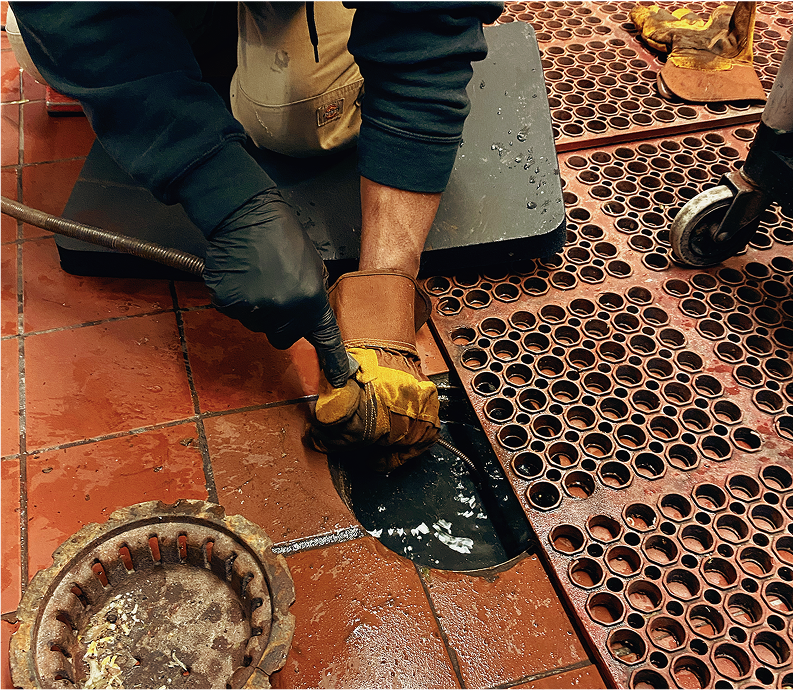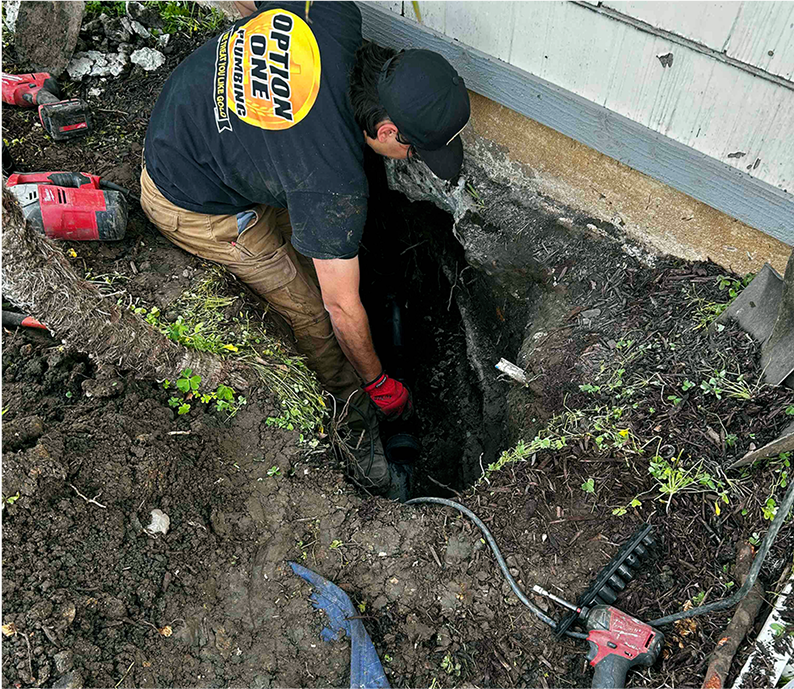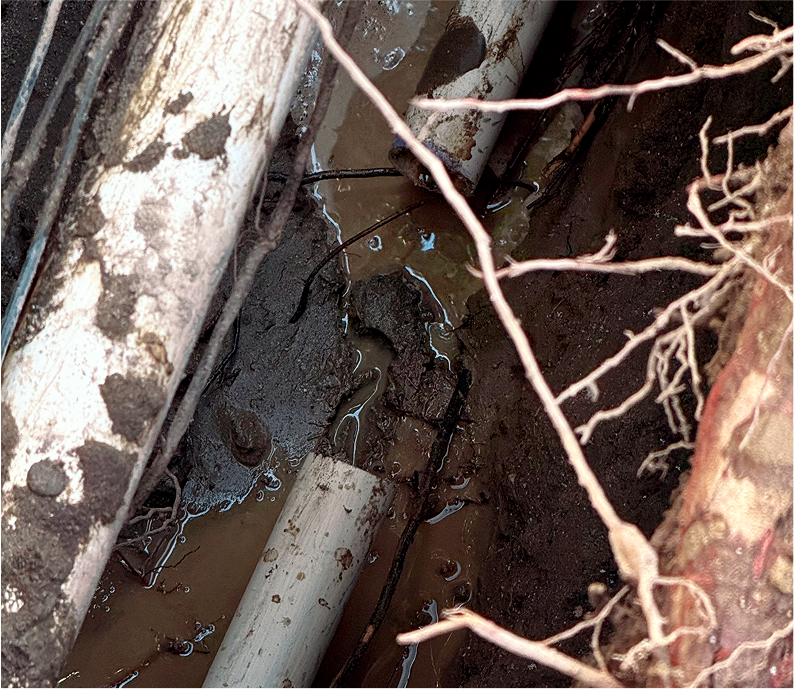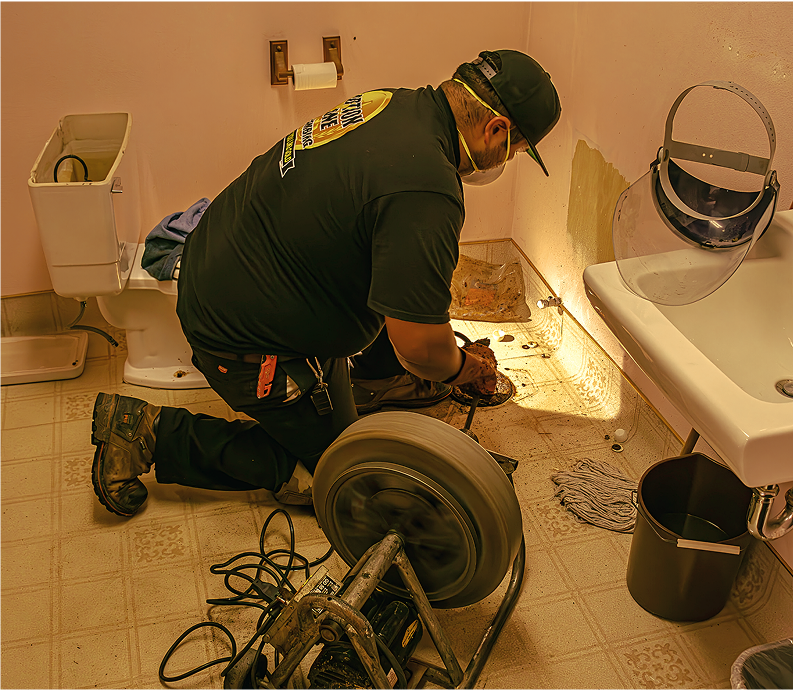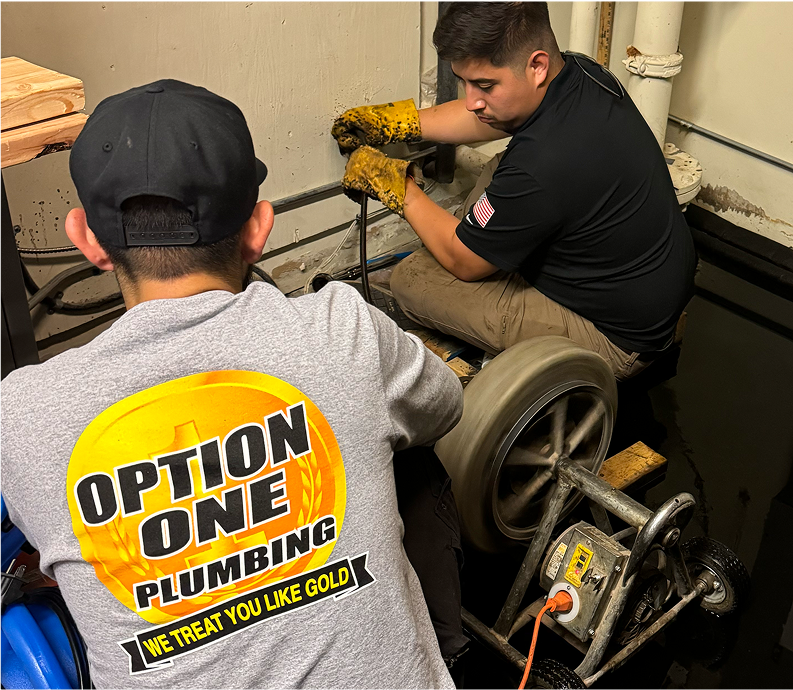Fast Emergency
Sewer Repair
Facing sewer line issues in your home? Our expert plumbing team specializes in comprehensive sewer repair services. From minor leaks to major pipe damage, we diagnose the problem accurately and provide efficient, lasting solutions. We utilize advanced techniques to minimize disruption and restore your sewer system's functionality, ensuring your home's sanitation and comfort.
Sewer Repair
Introducing the ultimate solution to your urgent sewer dilemmas - Option One Plumbing Sewer Repair. Our team of seasoned professionals in Arizona, California, South Carolina, and North Carolina doesn’t just diagnose; we illuminate the path to recovery with a tailor-made suite of repair options, then spring into action to remedy the issue without delay. With more than three decades of steadfast service under our belts, trust us to be the guardians of your home’s plumbing integrity. Choose Option One Plumbing Sewer Repair for an unshakable peace of mind.
Busted sewer line? Option One Plumbing is your solution. With our fast, effective, and affordable sewer repairs across Arizona, California, North Carolina, and South Carolina, we'll get your home's plumbing back in working order in no time. Our team stays on top of the latest techniques and materials to provide quality service at a great value. Read on to discover the top benefits of choosing us for sewer repair near you.
If you're facing a sewer system issue in AZ, CA, NC or SC, call on the team with the experience, expertise and efficiency to make your sewer repair stress-free. Contact Option One Plumbing today to schedule an appointment!
When you're dealing with a sewer line backup or break, you need a repair company you can trust. At Option One Plumbing, our top priority is restoring your plumbing quickly and correctly so you can get back to normal life. Our techs are well versed in traditional sewer repairs and trenchless no-dig technology. We also believe in transparency - you'll know the full price and what to expect every step of the way.
Over time, sewer pipes can indeed become clogged or blocked due to the accumulation of various materials including dirt, grease, hair, and other debris. This accumulation restricts the flow of wastewater through the pipes, leading to several issues such as slow draining from fixtures, water backups into homes or businesses, and sewage overflows which can result in environmental pollution and pose health hazards.
Tree roots have a natural tendency to grow towards sources of water, which can include the moisture found in sewer pipes. When sewer pipes have tiny cracks or imperfect connections, these roots can infiltrate, leading to significant blockages, damage, and potential leaks within the system. Over time, sewer pipes, especially older ones, are susceptible to a variety of issues including cracks, fractures, or even total collapse.
These issues can be triggered by several factors such as ground movement, soil erosion, corrosion, or the general wear and tear associated with long-term use. Such damage not only disrupts the normal function of the sewer system, causing backups and leaks, but it can also result in the contamination of the surrounding soil and waterways with sewage, posing a significant environmental and public health risk.
Pipes that are subjected to prolonged use are susceptible to various forms of structural damage, including cracks, fractures, or complete collapse. These issues can arise from several underlying causes such as ground movement, soil erosion, corrosion, or the natural process of wear and tear. When pipes become compromised in this manner, it can lead to significant problems such as leaks and backups. Furthermore, there's a risk of sewage contamination, which poses environmental and health hazards. It's important for these conditions to be identified and addressed promptly to prevent extensive damage and ensure the integrity of sewage systems.
Sewer pipes may experience sagging or 'bellying' as a result of soil settling, improper installation techniques, or soil erosion beneath the pipes. This sagging creates a depression in the pipe where water can accumulate, leading to inadequate drainage. The accumulation of stagnant water in these bellied sections increases the risk of blockages and sewer backups.
Sewer pipes that are misaligned or offset are typically a result of ground shifting, settling, or inadequate installation practices. These misalignments and offsets in the sewer line can create significant problems, such as leakages, blockages, and diminished flow capacity. Leakages occur when water escapes through the gaps created by misaligned pipe sections, potentially leading to soil contamination and water waste. Blockages can form as waste materials accumulate at the offset junctions, obstructing the flow and causing backups. Additionally, the overall capacity for sewage flow is reduced, as the misalignment impedes the optimal flow of wastewater through the system.
Corrosion of sewer pipes is a prevalent issue that stems from several factors including aging infrastructure, chemical reactions, and various environmental influences. As pipelines age, their materials degrade, becoming more susceptible to corrosive processes.
Chemical reactions, particularly those involving sulfuric acid which can be produced by the breakdown of waste materials, aggressively accelerate corrosion. Environmental factors, such as soil composition and moisture levels, can further exacerbate the degradation process. This corrosion weakens the structural integrity of pipes, making them prone to leaks, cracks, and in severe cases, complete structural failure. Such damage not only necessitates costly repairs but also poses significant environmental and public health risks due to the potential for sewage leaks and contaminations.
Pipe degradation, particularly in aging sewer systems, is a critical issue that can significantly impact infrastructure and environmental health. Materials such as clay, cast iron, and Orangeburg, often used in older pipelines, are prone to deterioration over time. This degradation can result in a compromised structural integrity, where the pipes become weakened and more susceptible to breaking. Leaks are another common consequence, allowing untreated sewage to escape into the surrounding soil and waterways, potentially leading to contamination issues. Furthermore, complete failures within these systems can occur, necessitating costly and extensive repairs or replacements to restore functionality.
The accumulation of grease, fats, and oils in sewer pipes poses a significant issue, as these substances tend to solidify over time, which can severely restrict water flow. This restriction often leads to clogs, resulting in backups and potentially harmful sewage overflows. Kitchen drains and sewer lines are particularly vulnerable to this type of blockage due to the high volume of greasy substances that are washed into them. Regular maintenance and proper disposal of grease and oils are critical in preventing these blockages, thereby ensuring the efficient and safe operation of sewage systems.
The accumulation of scale, rust, or mineral deposits inside sewer pipes can significantly impact the functionality and efficiency of waste water removal systems. These substances gradually build up on the interior surfaces of the pipes, leading to a reduced diameter through which water can flow. As a result, the flow capacity of these pipes decreases, making it more difficult for water to pass through smoothly. This reduction in flow capacity not only slows down the movement of waste water but also increases the likelihood of clogs and backups occurring.
Repairing sewer lines that have been damaged can be a costly and time-consuming task. Homeowners often lack the necessary expertise to handle complex plumbing repairs, and it's not guaranteed that their home insurance will cover the expenses. The coverage for sewer repairs and backups varies depending on the insurance policy and provider. To be well-prepared and potentially save money in the future, it is important to understand the causes of sewer line damage, take preventive measures, and know the circumstances under which your homeowner's insurance may provide coverage. Read this article to find out more.
Expertise and Experience
Professional plumbers possess a nuanced understanding of sewer systems, backed by comprehensive training and real-world experience. These professionals are adept at diagnosing a wide range of sewer-related problems, utilizing their knowledge to pinpoint the precise cause of an issue. Their expertise extends beyond surface-level problems, enabling them to identify and address underlying issues that might not be obvious at first glance. With their skill set, they can recommend and implement the most effective repair strategies to ensure the long-term functionality of the sewer system.
Quality Workmanship
Compliance with Codes and Regulations
Safety
Efficiency and Timeliness
Proper Equipment and Technology
Warranty and Guarantees
Prevention of Further Damage
Initial Inspection
The first step typically involves conducting an initial examination of the sewer system to evaluate the state of the pipes and detect any problems or damages. This examination may include the use of sewer cameras or other diagnostic equipment to visually inspect the inside of the pipes and determine the precise location and severity of the issue.
Diagnosis and Assessment
Repair Options
Preparation and Planning
Repair Execution
Quality Assurance
Testing and Inspection
Cleanup and Restoration
Follow-Up and Maintenance
Traditional sewer repair involves using excavation techniques to repair or replace damaged sewer pipes. This method requires digging trenches to access the underground pipes, allowing plumbers to fix or replace the affected sections. While traditional sewer repair is effective for various sewer issues, it can be laborious, time-consuming, and disruptive to the property. Excavation can cause damage to landscaping, driveways, sidewalks, and other property features, often necessitating extensive restoration work once the repairs are finished
Trenchless sewer repair is a method of repairing or replacing damaged sewer pipes without extensive excavation. Specialized equipment and techniques are used to repair or replace the pipes from within, minimizing disruption to the property and reducing the need for restoration work. This method is efficient, cost-effective, and environmentally friendly, making it a popular choice for homeowners, businesses, and municipalities. It allows for quick and effective resolution of sewer problems while minimizing the impact on the surrounding environment.
Pipe lining involves inserting a resin-coated liner into the sewer pipe through an access point like a cleanout or manhole. The liner is then inflated and cured using steam, hot water, or ultraviolet light, creating a seamless new pipe inside the existing one. This technique is efficient for fixing cracks, leaks, and pipe deterioration, and it can usually be done in a day without causing much disturbance to the property.
Pipe bursting involves pulling a new pipe through the existing sewer line, breaking the old pipe and replacing it with the new one. A bursting head, connected to a cable or hydraulic system, is used to fracture the old pipe and push it into the surrounding soil while simultaneously pulling the new pipe into position. This technique is useful for replacing pipes that are damaged or deteriorated, and it can also be used to increase the pipe diameter or install new pipe materials like HDPE (high-density polyethylene) or PVC (polyvinyl chloride)

Satisfaction Guarantee
If you are not 100% satisfied with your experience or service, we will make it right.

Safety Guarantee
The safety of our team members and our clients is valued above all. We are committed to keeping your family and home safe.

Cleanliness Guarantee
We guarantee our work area will be clean or we'll hire a professional cleaning company to do it for us.


